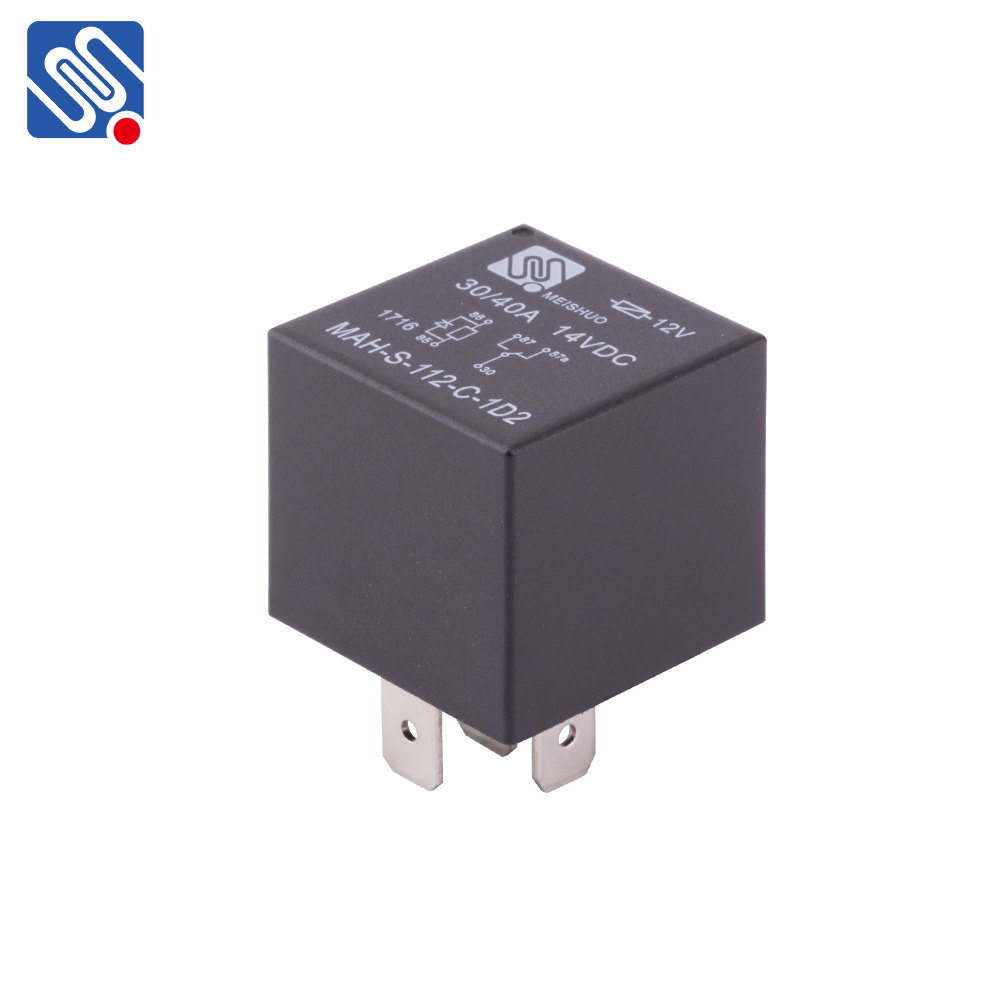relay characteristics: key features and applications
Release time:2025-10-18 04:04:55
Relays are essential components in modern electrical and electronic systems. They serve as electrically operated switches, enabling control of high-power devices using low-power signals. Understanding the characteristics of relays is crucial for designing and integrating them into various applications. This article explores the key features of relay characteristics, including their operational principles, types, and practical uses.

What is a Relay?
A relay is an electromechanical device that uses an electromagnet to open or close a set of contacts in a circuit. These devices are widely used in industrial control systems, automotive applications, telecommunications, and many other sectors. The primary function of a relay is to allow a small control current to switch a much larger load current, making them invaluable for remote control and protection circuits.
Key Characteristics of Relays
1. Coil Voltage (Nominal Voltage)
One of the primary characteristics of a relay is the coil voltage, which refers to the electrical voltage required to activate the relay's coil (electromagnet). Common coil voltages include 5V, 12V, 24V, and 120V, depending on the application. The relay's coil voltage determines its compatibility with the control circuit.

